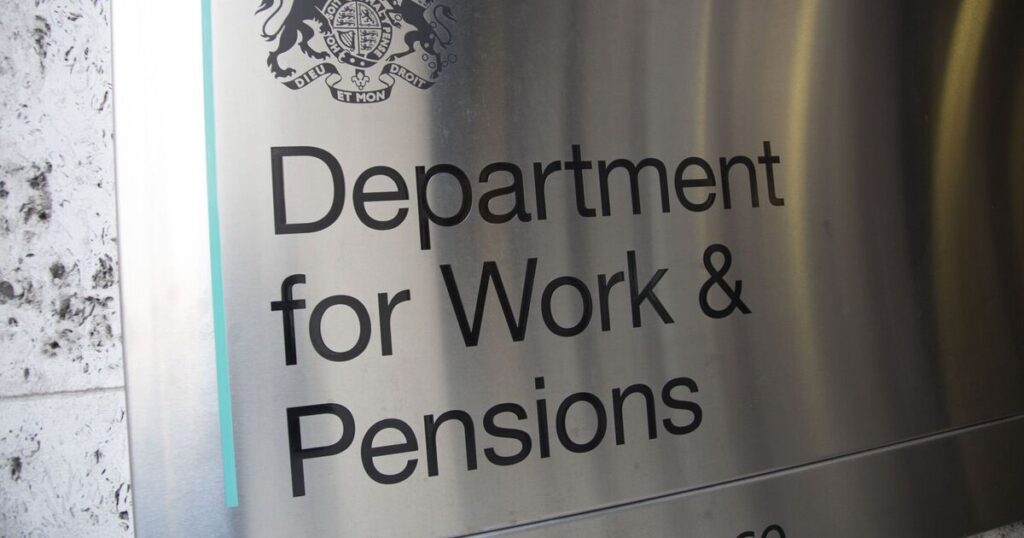
Everyone born in these years is in line for a boost to their state pension worth over £634 a year. That’s because the Triple Lock forecasts show that right now, the benefit is set to increase by 5.3% next year, or £634.
The new state pension was introduced in 2016 and applies to all men born after April 5, 1951 and women born after April 5, 1953. Everyone who gets the State Pension will be handed another £634 a year thanks to the Triple Lock, according to the latest figures.
The DWP has to up the amount paid to those who receive the state pension each year thanks to the ‘Triple Lock’ system, which enshrines in law that everyone who is eligible for the handout from the Department of Work and Pensions must see an increase each year, either level with inflation, wage growth or by 2.5%, whichever is highest.
And the latest Consumer Price Index figures – which are those used to calculate the ‘inflation’ part of the Triple Lock – suggest that it could be a handy 5.3% increase for pensioners per year.
The CPI’s latest figures, released by the ONS, state: « Annual growth in employees’ average earnings was 5.2% for regular earnings (excluding bonuses) and 5.3% for total earnings (including bonuses). »
If the same wage growth figures were maintained until September, when the Triple Lock calculation is carried out, it means pensioners would be given a 5.3% boost to their pensions next year.
Aaron Peake, personal finance expert at CredAbility, explained: « Right now, earnings growth is slightly ahead of inflation, so that’s the frontrunner for determining the rise in 2026.
« If we take current wage growth figures of around six per cent, that’s the ballpark for next year’s state pension increase. »
Right now, the full state pension is set at £11,973 per year, so a 5.3% increase would add £634.60 per year to pensions, taking the weekly payments from their current £230.25 per week to about £242.45 per week, or £12,607.60 per year in total.
Notably, this would also take the payments above the £12,500 Personal Allowance threshold for the first time, meaning pensioners would pay tax on part of their state pension income even if they had no other income.
The triple lock will be calculated for 2026 based on May to July wage growth and inflation, so it’s possible it could still change.
Given the nature of the system, the boost will be a minimum of 2.5%, or £299.33 extra per year for full new state pensioners. However, if wage growth or inflation are above that number, they will instead be used for the calculation (whichever is highest).
